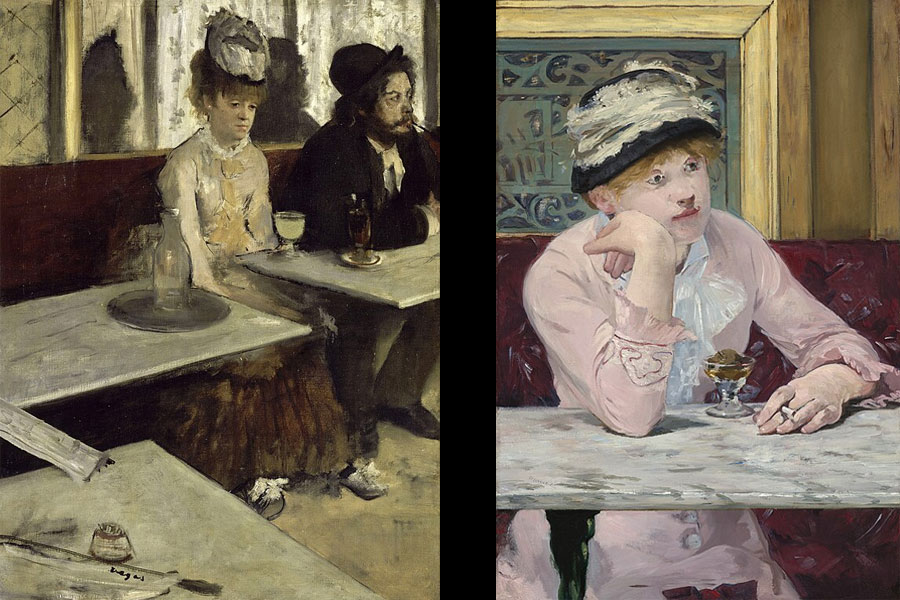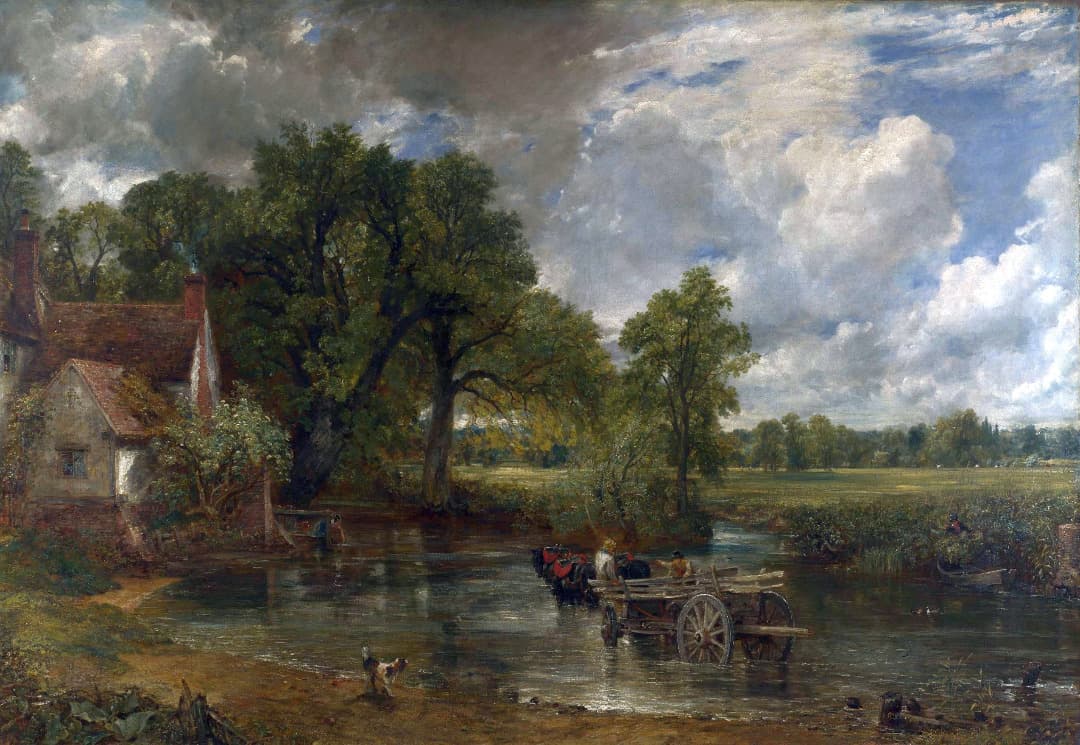The exhibition “Manet and Degas” enters its final two weeks

On view until January 7, 2024, at the Metropolitan Museum of Art, the exhibition “Manet/Degas” examines one of the most significant artistic dialogues in the genesis of modern art.
Source: The Metropolitan Museum of Art · Image: Edgar Degas, “In a Café (The Absinthe Drinker)”. Paris, Musée d’Orsay / Édouard Manet, “The Plum”, 1877. National Gallery of Art, Washington
Born only two years apart, Édouard Manet (1832–1883) and Edgar Degas (1834–1917) were friends, rivals, and, at times, antagonists whose work shaped the development of modernist painting in France. By examining the ways in which their careers intersected and presenting their work side by side, this exhibition investigates how their artistic objectives and approaches both overlapped and diverged. Through 160 paintings and works on paper, Manet/Degas takes a fresh look at the interactions of these two artists in the context of the family relationships, friendships, intellectual circles, and sociopolitical events that influenced their artistic and professional choices, deepening our understanding of a key moment in 19th-century French art history.
Highlights among the loans to the exhibition include Manet’s groundbreaking Olympia, which will travel to the United States for the first time in the work’s history, as well as Degas’s recently conserved Family Portrait (The Bellelli Family) from the Musée d’Orsay. Four drawings of Manet by Degas—two from the Musée d’Orsay and two from The Met—are reunited with rare, related etchings. They are displayed alongside Degas’s Monsieur and Madame Édouard Manet (Municipal Museum of Kitakyushu), a gift to the sitters that Manet later slashed, thus marking an initial point of rupture. Integral pairings of works by the two artists that showcase their treatment of similar subjects from modern life include Degas’s In a Café (The Absinthe Drinker) (Musée d’Orsay) and Manet’s Plum Brandy (National Gallery of Art, Washington, D.C.), as well as Manet’s The Races at Longchamp (Art Institute of Chicago) and Degas’s Racehorses before the Stands (Musée d’Orsay). The exhibition features many works formerly in Degas’s collection, including Manet’s The Execution of Maximilian (The National Gallery, London), which was methodically reassembled by Degas after it had been cut into pieces and dispersed following Manet’s death.
Stephan Wolohojian, exhibition co-curator and the John Pope-Hennessy Curator in Charge of the Department of European Paintings, said, “While little written correspondence between Manet and Degas survives, their artistic output speaks volumes about how these major artists defined themselves with and against each other. This expansive dossier exhibition is a unique chance to assess their fascinating relationship through a dialogue between their work.”
Follow us on:


